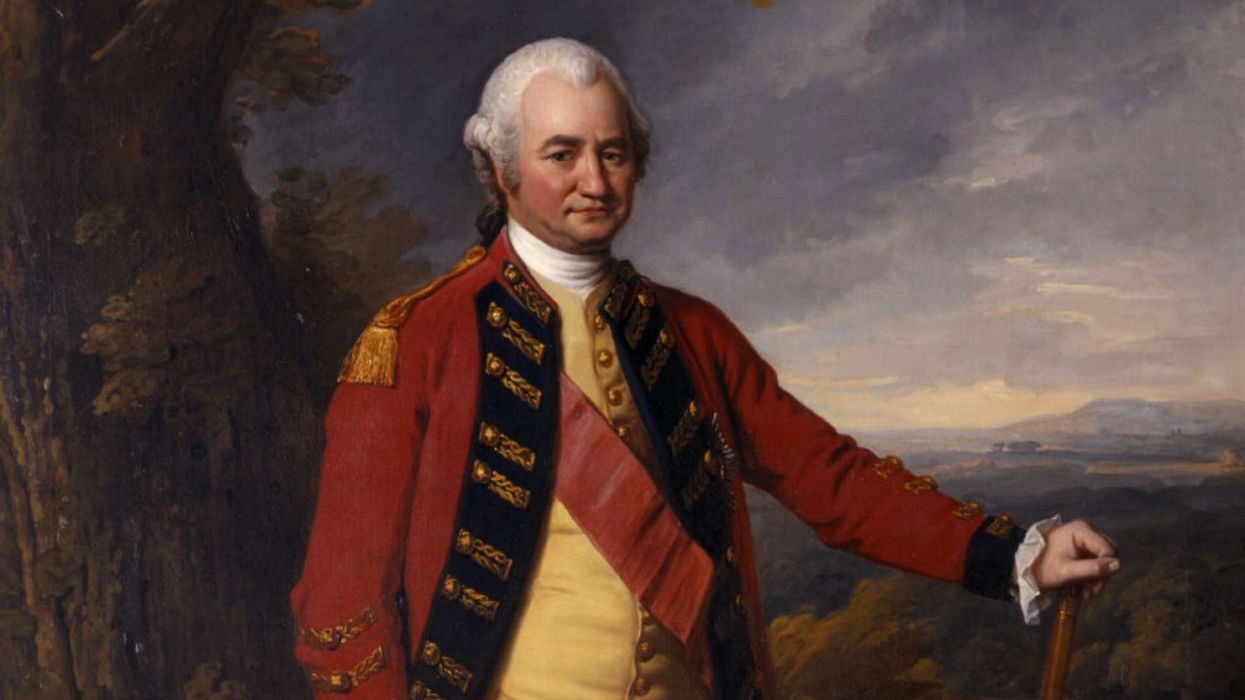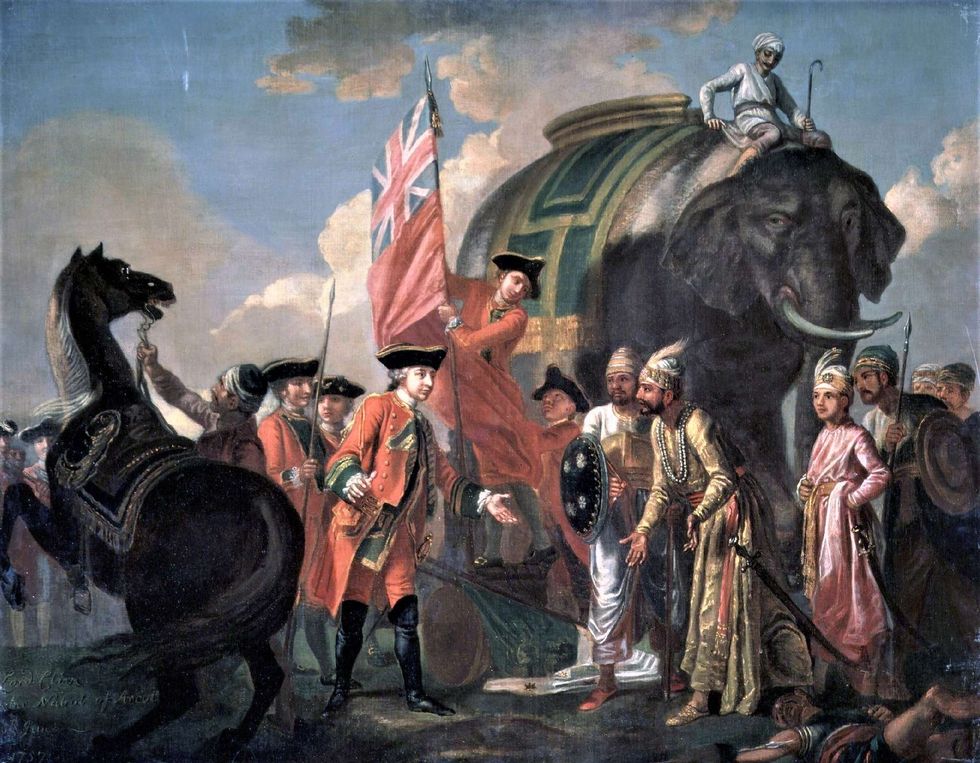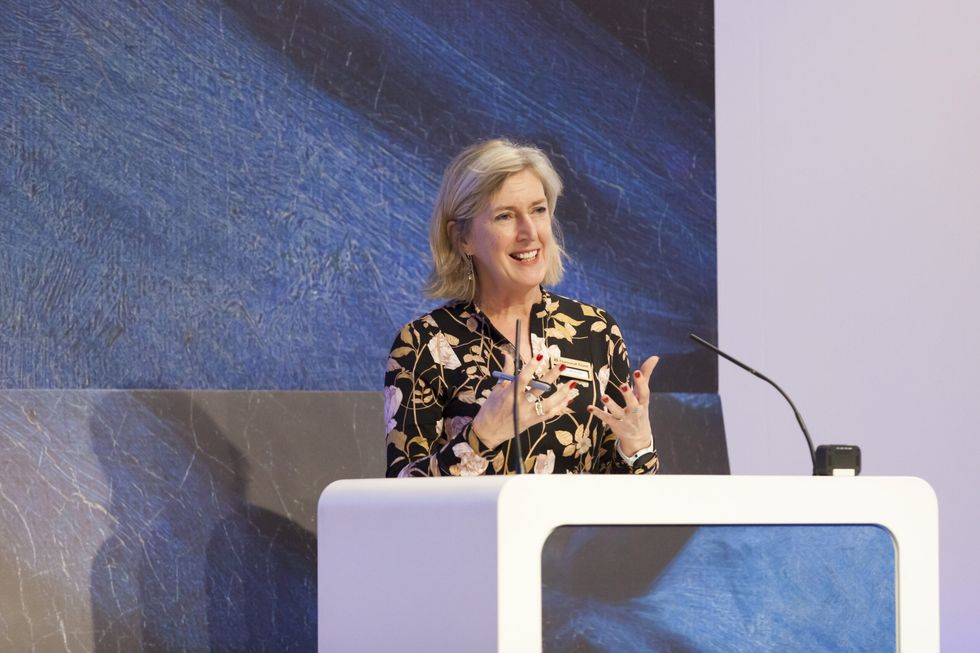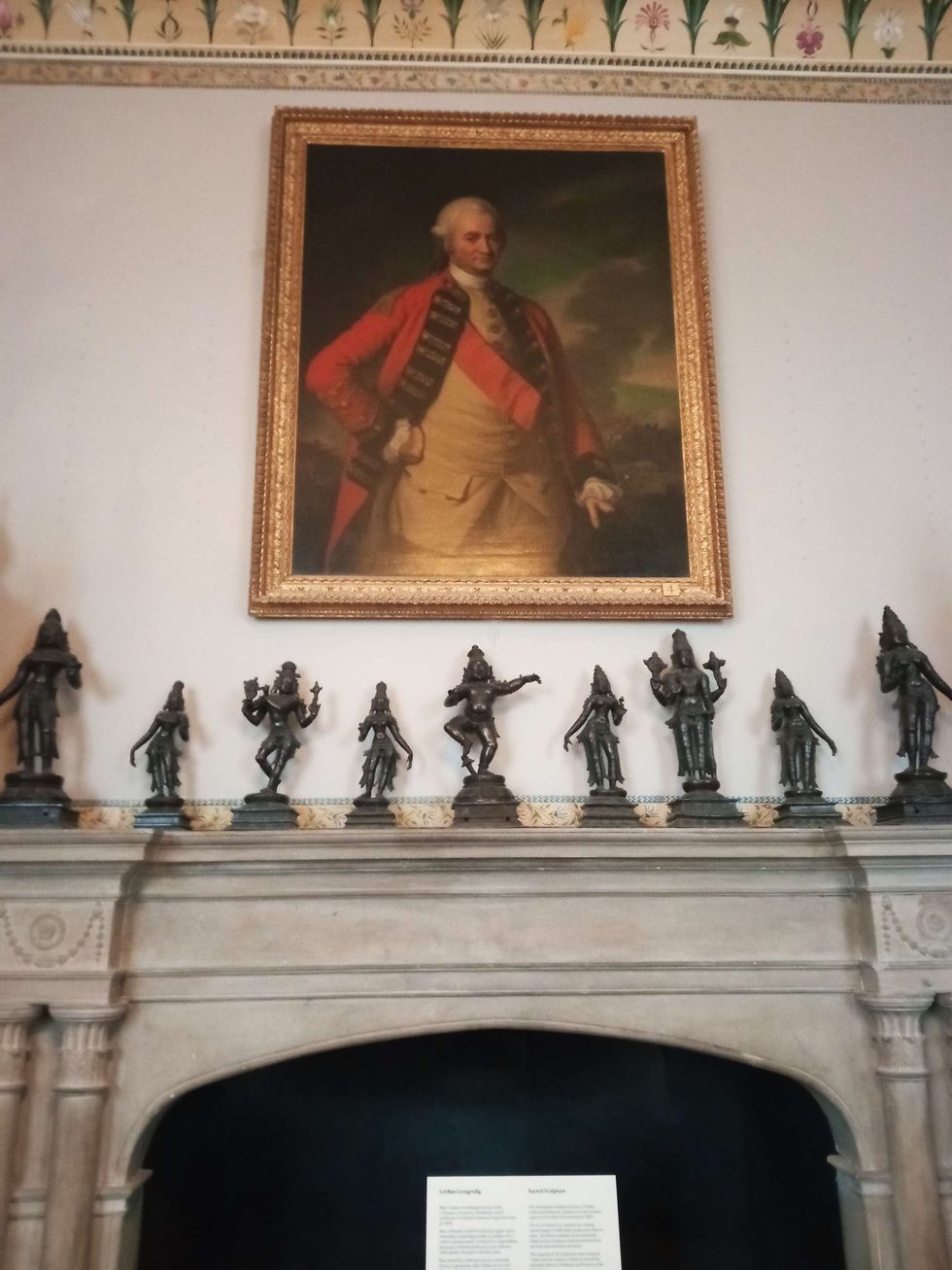ALL YOU NEED TO KNOW ABOUT HINDI FILM SONGS FROM THE FIRST TALKIE TO PRESENT DAY SINGERS
by ASJAD NAZIR
MUSIC has given Bollywood its unique identity and enabled it to entertain audiences with melodies across different generations. The songs have made such a huge cultural impact that the influence has spread around the world and helped take Indian culture global. If, like many, you have loved Hindi film songs and want to find out more, here is Eastern Eye’s all you need to know A-Z guide.
A is for Alam Ara: The musical era of Indian films started with the first talkie Alam Ara (1931). The song-laden story was such a huge success that it created the blueprint for the Bollywood musical as we know it today. It also offered up the first big anthem of Hindi cinema De De Khuda Ke Naam Par. Unfortunately all the prints of the pioneering film have been lost forever.
B is for Bianca Geetmala: The weekly radio countdown, which began in 1952, helped popularise Bollywood music. The first to countdown Indian film songs, it became India’s most popular radio show and broadcast right up until the 1990s.
C is for Concerts: Playback singers in Indian cinema have become so popular that they perform in front of packed audiences around the world. While most singers may only make a relatively small one-off fee of a few thousand pounds for a song, the most popular live performers can command six figures on the live circuit. The more popular their songs are the higher the ticket price promoters will charge.
D is for Dance: Music in Indian cinema was elevated to a higher level with eye-catching dance numbers, which became popular from the 1950s. Whether it was classical-based routines, disco numbers or ensembles featuring countless dancers, Bollywood has regularly delivered a feast for the ears and eyes. The fierce Bollywood music dance combination has spilled over into live events, night clubs, TV shows and more.
E is for Eras: The evolution of Hindi film music can be broken down into different eras. The first two decades of talkies in the 1930s and 1940s were dominated by the studio era, with largely in-house musicians creating songs, and in the early years performing live behind the camera. The music director era was ignited in the 1940s and would dominate right up until the new millennium, whereby ace composers were independently hired to create songs. The online era in the new millennium led to sales of music crashing with consumers preferring illegal downloads and watching online to buying music.
F is for Fusion: Different genres from around the world have been fused with Hindi music for decades to create unique sounding film songs. From western dance floor beats and hip hop to Sufi, Middle Eastern, rock and folk, pretty much every popular genre has been incorporated into Bollywood in some way over the years.
G is for Growth: Bollywood music has grown over the years and branched off in different directions away from the big screen. The commercial genre has helped spread Indian culture globally and found its way into different areas of contemporary life. This includes stage musicals, Hollywood films, samples in international pop hits, live performances and the creation of new genres like Chutney music in the Caribbean.
H is for Hindi: Although other languages like Punjabi, French, Urdu and English have found their way into Bollywood, the songs dominating the industry have largely been in Hindi. The language has given the songs a distinct identity.
I is for Item numbers: The musical performance included in the middle of a movie to add entertainment value has very little to do with the plot. The song usually involves an upbeat, sexually provocative dance. The current item number trend is to remix a classic Bollywood song and picture it on a new generation of stars. Legendary dancer Helen made the item number her own with a series of unforgettable performances.
J is for Jai Ho: Perhaps the most successful Hindi language song of all time, Jai Ho from Slumdog Millionaire (2008) won accolades including an Oscar and a Grammy Award. Composer AR Rahman
K is for King: Classically trained singer Arijit Singh has gone from participating in a reality TV show and then working as a programmer to becoming the undisputed king of Bollywood music. The Tum Hi Ho and Ae Dil Hai Mushkil singer is at the top of the wish list of composers, and regularly plays sold out concerts across the globe.
L is for lyricists: A great song is nothing without words to add depth and emotion. Popular lyricists helped add colour to music across different generations, with the most prolific writing thousands of songs. Some of the finest Bollywood songwriters include Shailendra, Sahir Ludhianvi, Anand Bakshi, Javed Akhtar and Gulzar.
M is for Mahal: The first truly super hit song in Bollywood appeared in spooky 1949 tale Mahal. The Lata Mangeshkar-rendered Aayega Aane Wale was so popular that it helped massively increase sales of Bollywood music and made producers realise the commercial benefits of film soundtracks. This helped grow the popularity of vinyl records.
N is for Naushad: The greatest and most influential composer from the golden age of Indian cinema, Naushad rose from poverty and changed the face of Bollywood with unforgettable classics. He introduced revolutionary new recording techniques, put a classical element into commercial songs and helped exponentially increase soundtrack sales. He also discovered a number of great talents including Lata Mangeshkar and Mohd Rafi.
O is for Overseas: There has been a huge influence from overseas on Bollywood music. Composers in India have been shamelessly stealing melodies from popular songs ever since the early 1950s. An early example of this was the iconic Ghar Aaya Mera Pardesi from Awaara (1951), which took three months to shoot and was the most expensive song ever filmed. Music duo Shankar Jaikishan had borrowed the music including the unmistakable opening from legendary Egyptian singer Umm Kulthum’s song Al Balad El Mahboub. The trend of “borrowing” melodies from overseas carries on today.
P is for Playback singers: The emergence of playback recordings in the 1940s increased the quality of music in Bollywood because professional singers provided voices for movie stars to lip sync to. Over the years many of the singers became synonymous with the biggest movie stars. The five greatest singers in Bollywood history are Asha Bhosle, Lata Mangeshkar, Mohd Rafi, Kishore Kumar and Mukesh. Their timeless classics continue to entertain audiences to the present day.
Q is for Qurbani: It may have been the highest grossing movie of 1980, but perhaps the biggest success of action film Qurbani was the song Aap Jaisa Koi. The song featuring Nazia Hassan was so successful that it helped launch pop in India. It also turned the teenage singing sensation into the first Bonafide pop star and inspired her record-breaking album Disco Deewane.
R is for rock’n’roll: Indian film music got a western touch in the 1950s with the advent of rock’n’roll. This upbeat influence not only added a modern feel and a cool edge to movies, but drew in younger audiences. Music directors got many western rock’n’roll songs and “adapted” them into Indian versions.
S is for Singing stars: In the first decade of talkies the lead actors had to sing their own songs live with an orchestra simultaneously playing music behind the camera. The first big singing superstar of Indian cinema was KL Saigal, who emerged in the mid 1930’s and influenced an entire generation including Kishore Kumar and Mukesh. Other popular singing stars from the early days including Noor Jehan and Suraiya, who both ruled Indian cinema during the 1940s. Although the advent of playback singing put an end to all-rounders, many movie stars have attempted to sing the odd song in their own voices.
T is for Teamwork: Some of the greatest music directors in Bollywood have been iconic teams who have delivered timeless classics across the decades. Some of the most successful teams in Hindi music have been Shankar-Jaikishan, Laxmikant-Pyarelal, Kalyanji-Anandji, NadeemShravan, Shankar-Ehsaan-Loy, Vishal-Shekhar, Jatin-Lalit and Salim-Sulaiman. Super successful composer Pritam even started off in a team before going solo.
U is for Undisputed queen: The undisputed queen of playback singing over the last decade has been Shreya Ghoshal. She has delivered the greatest number of hit songs, won countless awards and performed to packed houses all around the world. Earlier this year she became the first Indian singer to have a waxwork in Madame Tussauds.
V is for Vinyl: For decades the most popular way of purchasing music was on vinyl records, which were available globally. The vinyl era was followed by cassettes, CDs, downloads and then online streaming.
W is for westerners: A number of international pop stars have added some extra spice to film songs. Some of the big names who have sung for Bollywood include Kylie Minogue, Snoop Dogg and Akon.
X is for X-Rated: If you listen carefully to some Bollywood songs there are plenty of X-rated messages contained within them, with lyrics that have a double meaning. Some singers like Shreya Ghoshal have taken a stand and refuse to sing songs with lyrics that would be considered vulgar. The lyrics of Khalnayak song Choli Ke Peeche were considered so risqué that it was initially banned upon release.
Y is for Yo Yo Honey Singh: Although rap music had appeared in Bollywood sporadically for many years, it didn’t become truly popular until the artist known as Yo Yo Honey Singh revolutionised the industry with his lyrical flow. His success in Hindi cinema has popularised Punjabi rap in the industry and opened the door for other talents who are adding a hip hop spark to Indian cinema today.
Z is for Zero: Although Bollywood has become synonymous with music, there have been films over the years that have chosen not to include songs, with the first popular one being 1960s drama Kanoon. There have also been incidents where songs had been composed and there were zero takers when the planned film collapsed. In these cases the songs have been recycled into other projects by savvy composers not wanting to waste their work. For the most part singers have received zero royalties and get a flat fee to sing a song.





 Clive meeting Mir Jafar after the Battle of Plassey 1757
Clive meeting Mir Jafar after the Battle of Plassey 1757 National Trust director general Hilary McGrady
National Trust director general Hilary McGrady  Powis Castle photo of four Clive dominates Hindu Gods
Powis Castle photo of four Clive dominates Hindu Gods  Clive of India at Foreign Office entrance
Clive of India at Foreign Office entrance 





